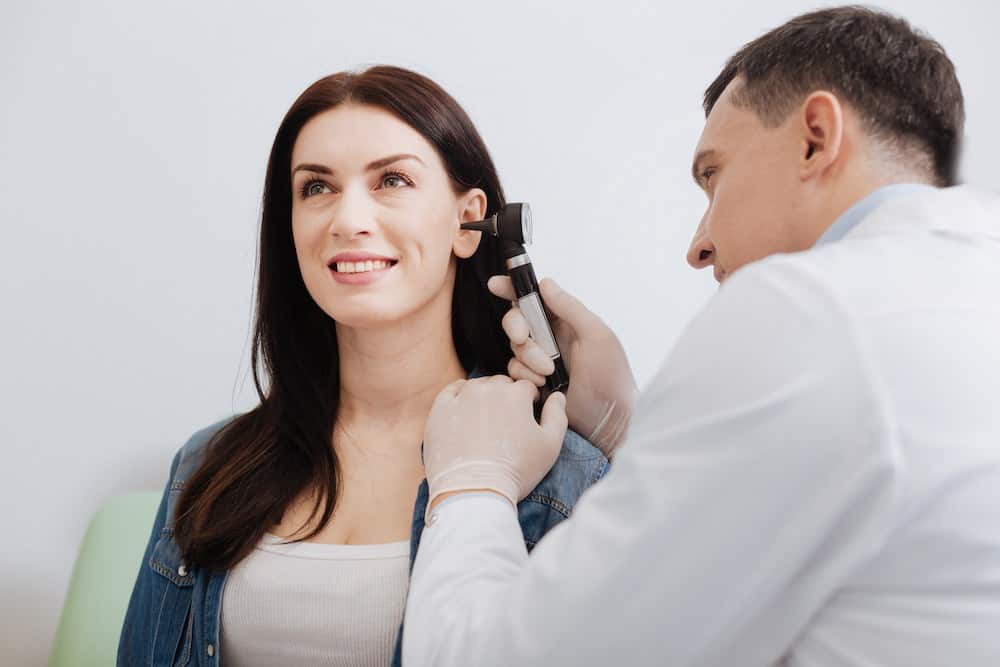Eco-Friendly Hearing Aid Options
When you’re choosing hearing aids, you want devices that help you
Walk In Cleaning Clinic: Come in on Mondays, Wednesdays, Thursdays, or Fridays anytime between 1 – 2pm for our walk in cleaning clinic!

While hearing loss typically affects older adults, another at-risk group is children. Younger people can experience congenital, non-age-related issues with their ears, causing them to have difficult hearing. Earwax and fluid can also prevent their ears from picking up sounds. In many cases, younger children cannot communicate their hearing loss or do not realize it is occurring. Fortunately, hearing specialists can help. These professionals offer the support, guidance and solutions for children with mild-to-profound hearing issues.
Untreated hearing loss in children can have far-reaching consequences, affecting various aspects of their development. One of the primary concerns is the potential impact on speech and language development. Hearing is integral to language acquisition, and untreated hearing loss may lead to delays in speech production and language comprehension. This, in turn, can affect academic performance, social interactions, and overall communication skills. Additionally, untreated hearing loss may contribute to feelings of frustration, isolation, and difficulty in socializing with peers. Educational and behavioral challenges can arise, potentially hindering a child’s overall well-being. Early intervention and appropriate management of hearing loss in children are crucial to mitigate these potential impacts and provide them with the necessary support for optimal development.
When it comes to testing a child for hearing loss, there are a number of different methods that can be used depending on age and maturity. Some tests that could be administered include:
Once the results of your hearing test are in, your professional will talk to you about the results and what they recommend treatment wise. Hearing aids are the most common solution and come in a variety of different styles and colors.
If your hearing specialist believes your child has hearing loss, the next step will be to walk through the list of device styles. Behind-the-ear hearing aids are the most common option for children, as they are durable, easy to handle and can grow with them as they mature! Once you have settled on the best device for your child, you’ll need to have the hearing aids programmed to their specific hearing needs.
During the hearing aid fitting, your hearing instrument specialist (HIS) will educate you on all the ins and outs of the devices. This means how to properly insert and remove the hearing aids, as well as work the features and change the batteries. Lastly, you will learn how care for and maintain the devices, include daily routine tips and when to see a HIS for professional help.
Hearing care professionals may recommend follow-up appointments to ensure pediatric patients receive the proper treatment. In some cases, follow-ups involve device adjustments. Your HIS may change settings based on feedback from patients or their families. With a few adjustments, the hearing aids should help the child adapt and communicate more easily.
If you want to learn more about hearing loss, the evaluation process and treatment options, the first step is to make an appointment with a professional The team at Better Hearing of Madison County is well-versed in finding the right solution for individual needs. Call (315) 693-3637 to talk to one of our team members about your options.

When you’re choosing hearing aids, you want devices that help you

Your hearing aids are more than just devices – they’re your

Understanding the world of hearing can seem complex. However, having a